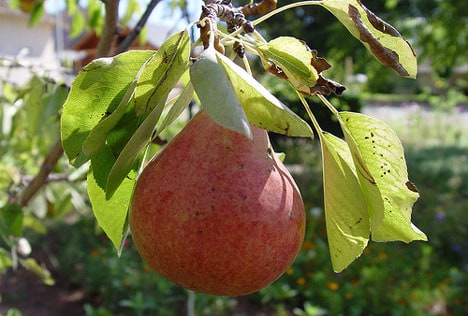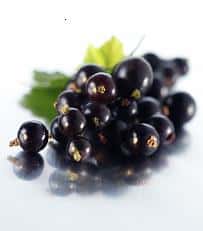The quince or Cydonia oblonga, is the sole member of the genus Cydonia and native to warm-temperate southwest Asia in the Caucasus region. It is a smalldeciduous tree, growing 5–8 m tall and 4–6 m wide, related toapples and pears, and like them has a pome fruit, which is bright golden yellow when mature, pear-shaped, 7–12 cm long and 6–9 cm broad.
The immature fruit is green with dense grey-whitepubescence, most of which rubs off before maturity in late autumn when the fruit changes colour to yellow with hard, strongly perfumed flesh. The leaves are alternately arranged, simple, 6–11 cm long, with an entire margin and densely pubescent with fine white hairs. The flowers, produced in spring after the leaves, are white or pink, 5 cm across, with five petals.
Quince is used as a food plant by the larvae of someLepidoptera species including Brown-tail, Bucculatrix bechsteinella, Bucculatrix pomifoliella, Coleophora cerasivorella, Coleophora malivorella, Green Pug and Winter Moth.
Four other species previously included in the genus Cydoniaare now treated in separate genera. These are the Chinese Quince Pseudocydonia sinensis, a native of China, and the three flowering quinces of eastern Asia in the genusChaenomeles. Another unrelated fruit, the Bael, is sometimes called the “Bengal Quince”.
Turkey ranks first in world quince production by producing a quarter of the total world production.
Health Benefits of Quince
Quince are relatives of apples and pears. They all belong to the pome fruit family. They are a good source of Vitamin A, fiber, and iron. Due to their astringency from their high tannin content, quince are not eaten fresh. They contain a high level of pectin just as other fruits in the pome family. Due to their high pectin content, they are popular for use in jams, jellies, and preserves. Since quince hold their shape, they are ideal for poaching, stewing, or baking as a dessert.

